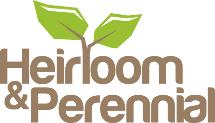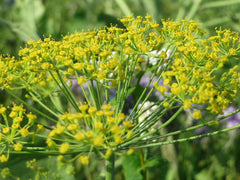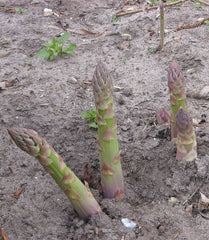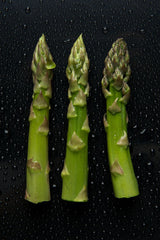Petroselinum Crispum, Parsley - Plain Leaved or French
Vigourous plants and distinct broad flat leaves. Good flavour.
Parsley is a commonly grown culinary and medicinal herb that is often used as a domestic medicine. The fresh leaves are highly nutritious and can be considered a natural vitamin and mineral supplement in their own right.
Parsley has a long history of use. The ancient Greeks believed that it sprang from the blood of Archemorus, the forerunner of death, and so did not eat it but used it for making wreaths to adorn the dead. The Romans wore garlands of it at feasts in the belief that it would prevent intoxication. They kept it away from nursing mothers, however, believing that it could cause epilepsy in the infant. Parsley is superficially similar to several poisonous species, including Fool's Parsley (Aethusa cynapium). Great care should be exercised if harvesting the plant from the wild. A good bee plant.
A good companion plant, especially for growing near roses, tomatoes, carrots, chives and asparagus, giving them all added vigour and protection against certain pests, especially carrot root fly and rose beetles.
Prefers a moist well-drained soil in sun or partial shade. Prefers a good light soil that is not too light or acid, growing poorly in light acid soils.






